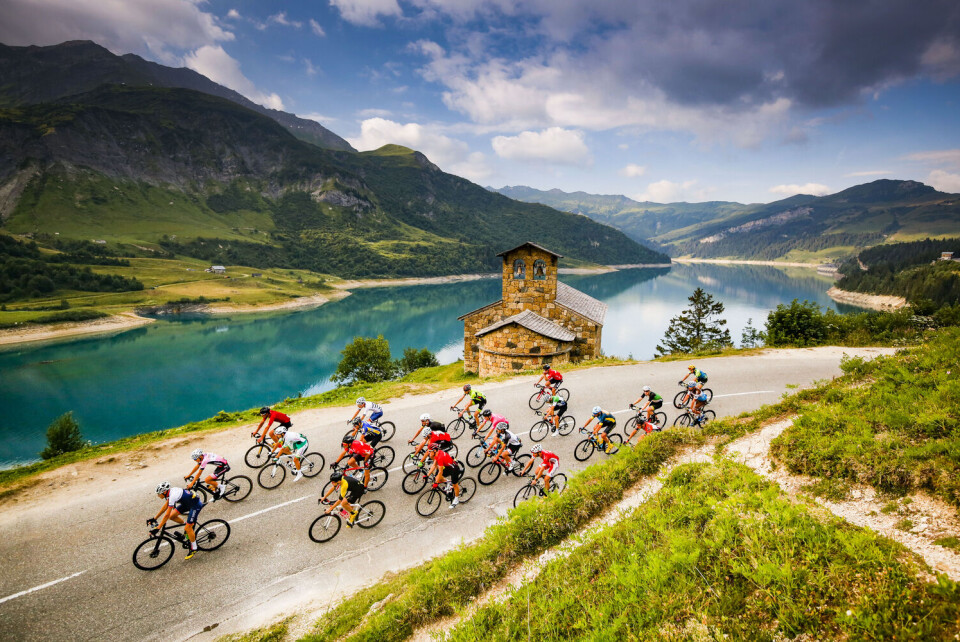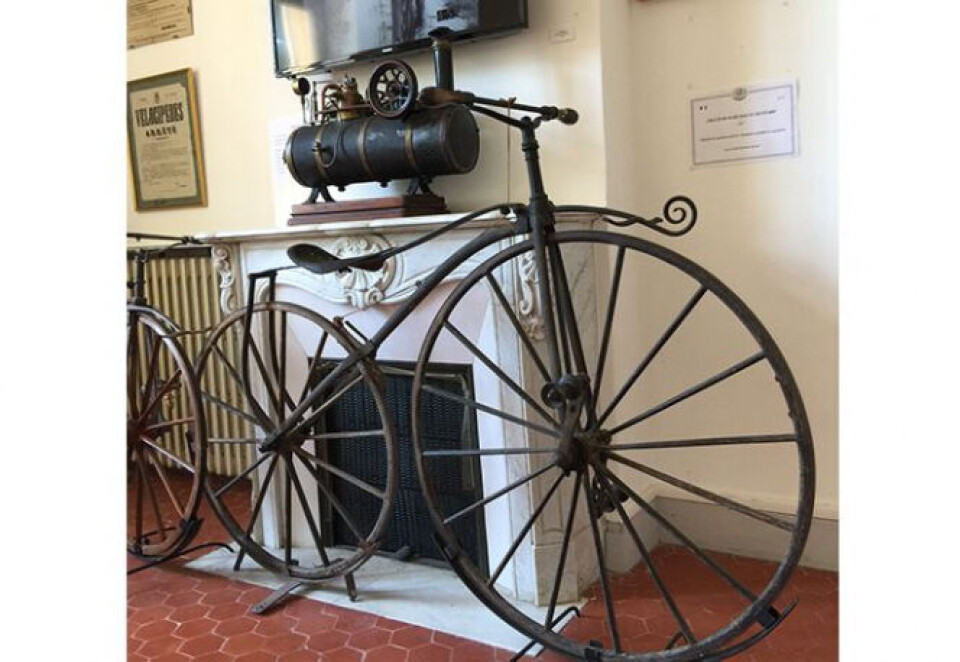-
What equipment is obligatory for a cyclist in France in 2025?
We recap the rules on safety and bike condition, and the fines for non-compliance
-
Photos: Paris exhibition explores what people do alone at home
Behind the curtain: L’Intime Expo takes a fascinating look at people's private lives
-
‘Dutch roundabouts’ now installed in France: how do they work?
The roundabouts are designed to make roads safer for cyclists
French cycling: France's historical passion for the bicycle
We explore the French obsession for two-wheeled transport, a love story that goes back to the nineteenth century and continues today, spanning tourism, sport and leisure

Cycling is a serious passion in France, not only as a high-level competitive sport, but as a leisure activity.
Seventy percent of the French population own a bicycle and 65% claim to have ridden one within the last year.
There are 40,000 ‘self-service’ bikes for hire in cities, and 2.8 million bikes were sold in France in 2021 (10% of which were electric).
Read more: Sales of new electric bikes boom in France, push bikes fall
Eight percent of owners do le vélotaf. Taf is short for travail à faire, which means regularly pedalling to work.
Beginnings
In the same way that at the start of the twentieth century aeronauts across Europe were competing to invent the aeroplane, everyone was finding new ways with two wheels from the 1800s.
In Germany, Karl Drais invented a vélocipède (two wheels, one saddle, no pedals, aka the draisienne), which was demonstrated in Paris in 1818 to a crowd of 3,500 people.
They were not impressed.
In 1861, however, Pierre Michaux and his son, Ernest, invented pedals fixed to the front wheel, and suddenly cycling became all the rage.
First race
In 1867, the first cycle race was organised from the Avenue des Champs-Élysées to the Château de Versailles, and the first women’s race took place in Bordeaux.
When they seized power in 1870, the far-left Commune of Paris more or less did away with what it regarded as the ‘bourgeois’ sport of cycling.
In the UK at this time, the penny-farthing was launched, followed in 1880 by the ‘safety’ bicycle, which had a chain connecting the pedals to the rear wheels.
Paris Exposition
When the ‘safety’ bicycle was shown at the Exposition Universelle de Paris in 1889, suddenly bikes were back in fashion.
Peugeot and Manufrance went into full-scale production, and in 1891, Michelin entered the market with its Dunlop tyres.
All three manufacturers encouraged the development of long-distance races as a way of promoting their bicycles.
Universal appeal
Today the French are still in love with le cyclisme.
Read more: France confirms €250million investment in push bikes by 2023
Strasbourg’s 600km of cycling paths across its entire urban area make it the fourth most bike-friendly city in Europe, and number one in France.
Part of the appeal is that cycling is universal.
Flat paths dedicated to bikes make bicycling safe for everyone, even children.
When it comes to cycling tourism, everyone enjoys pedalling along the level banks of the Garonne or the Loire rivers, stopping at regular intervals to inspect a winery or two.
Dedicated, well-signposted cycle routes, and maps to show you the way, are available from tourist offices, and you can hire bikes with carriers for babies and toddlers.
With hire and repair shops all along the routes, plenty of electric bikes available, plus safe lock-ups at night, cycling holidays are increasingly popular.
More information is available about these and other beautiful routes at francevelotourisme.com (also available in English).
Cycling museums
France is full of museums devoted to cycling and to the history of la petite reine (the bike).
The Musée du Vélo et de la Moto in Domazan (Gard) is housed in a magnificent chateau, and contains the collection of historian Claude Reynaud, with early examples of draisiennes, including a beautiful one with a horse’s head.

The owners display their passion for transport with another museum devoted to motorbikes, plus two fighter planes in the grounds (a MIG and a Mirage).
And yes, you can touch them!
Plus there is a museum for children themed around the fables of Jean de la Fontaine.
Once you’ve seen all that, you can wander around the grounds admiring the contemporary art, or force yourself to enjoy a wine-tasting event.
If you think you might never want to leave, they have the answer to that too.
You can stay overnight in the 17th-century Moulin de Maître Cornille.
The Musée Comtadin du Cycle in the small village of Pernes-les-Fontaines near Avignon is free.
It has a nicely curated collection of around 100 vieux clous (bone-shakers), including a penny-farthing and a Pierre Michaux vélocipède from 1869, making it well worth a detour.
The Musée du Vélo in Tournus (Saôneet-Loire) has a collection of more than 200 cycles including a tricycle disguised as a rocking horse.
There is a space for trying out unusual bikes like a penny farthing, and there is a whole room devoted to the Tour de France.
Talking of which, the Musée du Vélo ‘La Belle Echappée’ in La Fresnaye-sur-Chédouet (Sarthe) has a complete history of competitive cycling in France, including all sorts of memorabilia and interesting details about the Tour de France, otherwise known as La Grande Boucle.
It even has displays about the famous Caravane Publicitaire (publicity caravan).
Related articles
What is in the €2bn plan to promote cycling and bike lanes in France?
Cyclists who made huge GPS dinosaur on France trip break world record
Tour de France will end in Nice in 2024
























